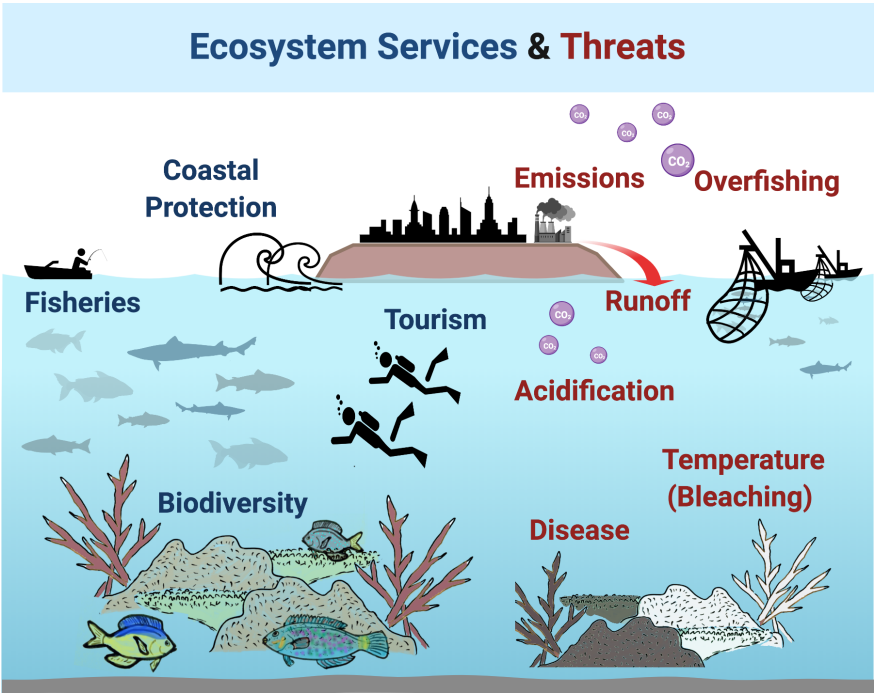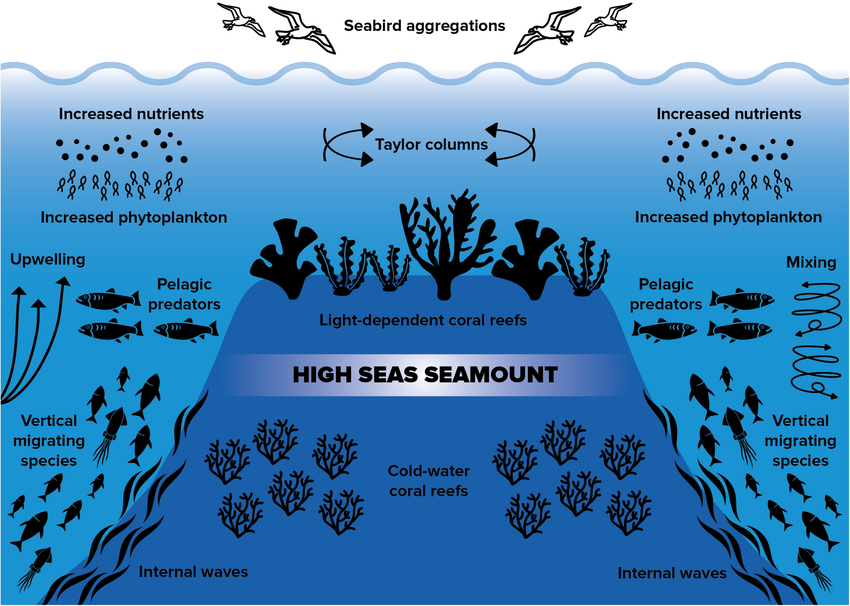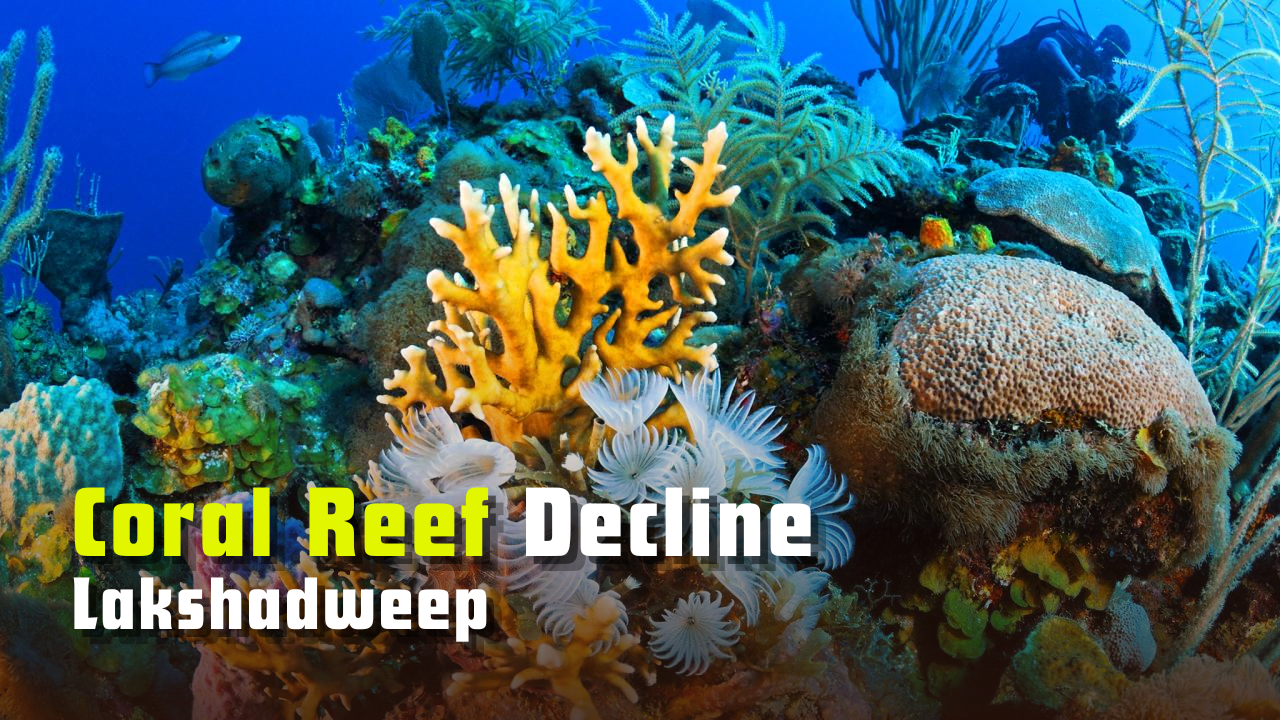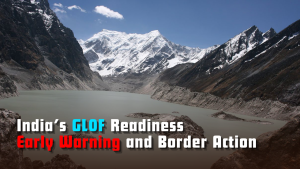Coral Reef Decline in Lakshadweep
A 24-year survey reveals that coral cover in Lakshadweep saw a 50% reduction
Context: A 24-year-long coral reef monitoring programme in the Lakshadweep archipelago — one of the longest-running in the Indian Ocean — has revealed a dramatic decline in coral cover due to repeated marine heatwaves, mainly driven by climate change.
Background
- The Indian Ocean basin is the fastest-warming ocean region globally, with projected warming of 1.7°C to 3.8°C per century.
- This warming trend is expected to increase marine heatwaves, cyclone intensity, and Indian Ocean Dipole events, further threatening coral ecosystems.

Key Findings of the Study
- The findings were published in the journal Diversity and Distributions under the study titled: “Local Environmental Filtering and Frequency of Marine Heatwaves Influence Decadal Trends in Coral Composition.”
- Decline in Coral Cover: From 37.24% to 19.6%, a 50% reduction.
- Main Cause: Repeated marine heatwaves linked to El Niño Southern Oscillation (ENSO) events in 1998, 2010, and 2016.
- Heat Stress Index: Degree Heating Weeks (DHW) peaked at 9.2 DHWs in 2024, surpassing previous records.
- Recovery Challenges: Coral mortality decreased over time, but recovery rates slowed, requiring at least six bleaching-free years for regeneration.
Ecological Insights
- Coral Response Clusters: Six distinct coral groups were identified based on depth, wave exposure, and bleaching resilience.
- Local Environmental Filtering: Factors like reef depth and wave exposure significantly influenced coral survival and recovery.
- Functional Extinction Risk: Without urgent climate action, Lakshadweep’s reefs may become functionally extinct, unable to support marine biodiversity.
Policy and Governance Dimensions
- Scientific Contributions: The study published in Diversity and Distributions proposes a predictive framework to identify vulnerable reefs and guide spatial planning.
-
National Initiatives:
-
- National Coral Reef Monitoring Programme (NCRMP): Overseen by the NOAA Coral Reef Conservation Program. Its goals include standardised methods, strong partnerships, and comprehensive data collection to support conservation and assess the health and trends of coral reef ecosystems.
- ICZM (Integrated Coastal Zone Management): Focuses on sustainable coastal development but needs stronger reef protection mandates.
- Conservation Challenges: Local restoration efforts are insufficient without global climate mitigation. The study calls for radical policy shifts to address the root causes of reef degradation.
About Coral Reefs
- Coral Reefs are large underwater structures primarily composed of living hard coral colonies. The largest example is Australia’s Great Barrier Reef, spanning over 1,000 miles and covering 133,000 square miles.
- Despite covering just 1% of the ocean floor, coral reefs support approximately 25% of all marine life, earning them the title of the “rainforests of the sea.”
- Coral reefs support thousands of species, from microorganisms to large marine animals like sharks, sea turtles, and groupers.
- They act as natural breakwaters, reducing coastal erosion and absorbing up to 97% of the energy from storm surges and hurricanes.
Corals owe their vivid colours to zooxanthellae — microscopic algae that live inside coral tissue. These algae perform photosynthesis, producing up to 90% of the nutrients the coral needs. In return, the coral provides the algae with shelter and access to sunlight — hence, corals thrive in shallow, sunlit waters.

Subscribe to our Youtube Channel for more Valuable Content – TheStudyias
Download the App to Subscribe to our Courses – Thestudyias
The Source’s Authority and Ownership of the Article is Claimed By THE STUDY IAS BY MANIKANT SINGH



